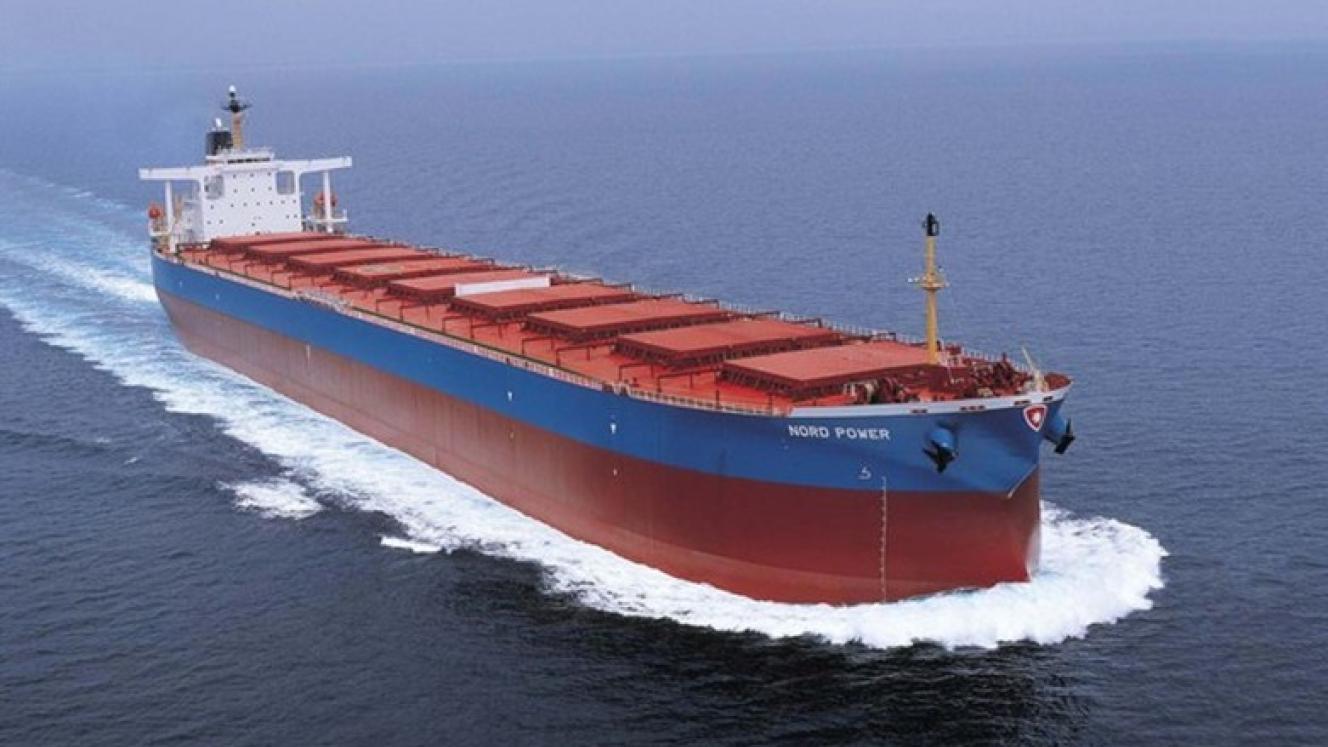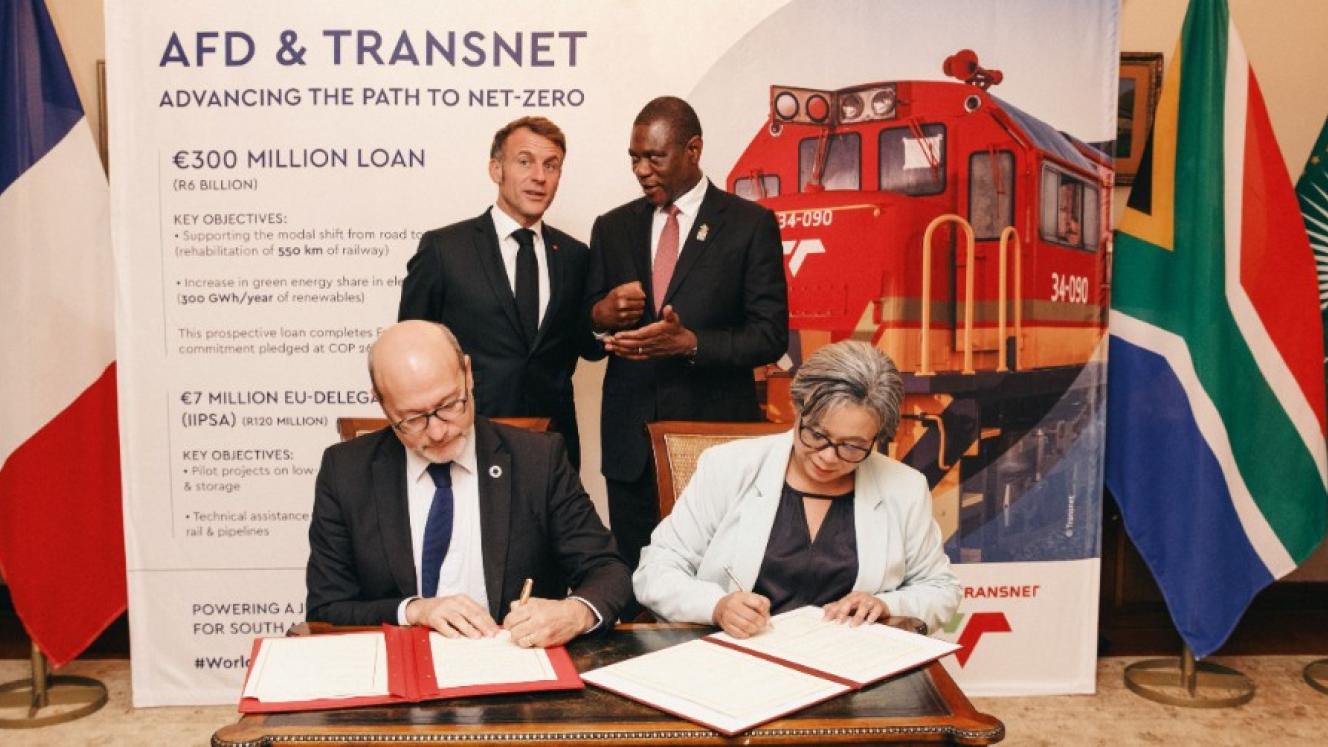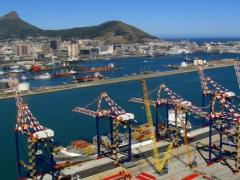Dry bulk freight rates surged to a 19-month peak on November 20, sustaining an upward trajectory by reaching 2 295 points on Drewry’s Baltic Dry Index (BDI) by November 24.
The maritime intelligence consultancy adds that the momentum behind the BDI also shows no indications of slowing down.
This surge in the BDI, last experienced in March 2024, is largely driven by robust demand for minor bulk commodities such as aluminium, cobalt, graphite, lithium, manganese, nickel and silicon, all crucial for the production of batteries and solar panels.
According to Drewry's dry bulk research director, Rahul Sharan, and analyst, Deepanshi Puggalok, continuing demand into January and beyond is expected to keep supporting firm freight rates within the sector.
While rates for smaller bulk carriers have experienced recent volatility, widespread demand has helped stabilise the market, a trend likely to continue.
Looking ahead, the major bulk commodities, especially iron ore, are anticipated to dominate in 2026, which bodes well for Capesize vessel owners.
Sea Trade Maritime News writes that iron ore, the largest of the major bulks, represents roughly 36% of dry bulk seaborne trade, and is currently on an upward trajectory.
Drewry has pointed out that increased production in Brazil has bolstered Capesize rates, which have been steadily rising since July, surpassing the US$30 000 mark earlier this week.
Additionally, the inauguration of Guinea’s Simandou iron ore mine, the world’s largest mining project and three decades in the making, marks a significant milestone.
The mine is majority-owned by Chinese entities including Chinalco, China Hongqiao Group, China Baowu Group, and Winning Consortium Simandou, alongside operators Rio Tinto, the Guinean government, and United Mining Supply.
Upon reaching full capacity, Simandou is expected to become one of the world’s leading iron ore producers, with an annual output of 120 million tonnes. Already, its first high-grade iron ore shipment has departed for China, with regular exports slated to commence shortly.
Economically, the increased output from Guinea’s new mine and higher Brazilian production will generate additional demand for large bulk carriers. The primary beneficiaries are expected to be Capesize vessels engaged in long-haul voyages to China, generating substantial tonne-mile volumes.
The Simandou project’s estimated reserves stand at 2.8 billion tonnes, with production expectedly secured for over two decades.













